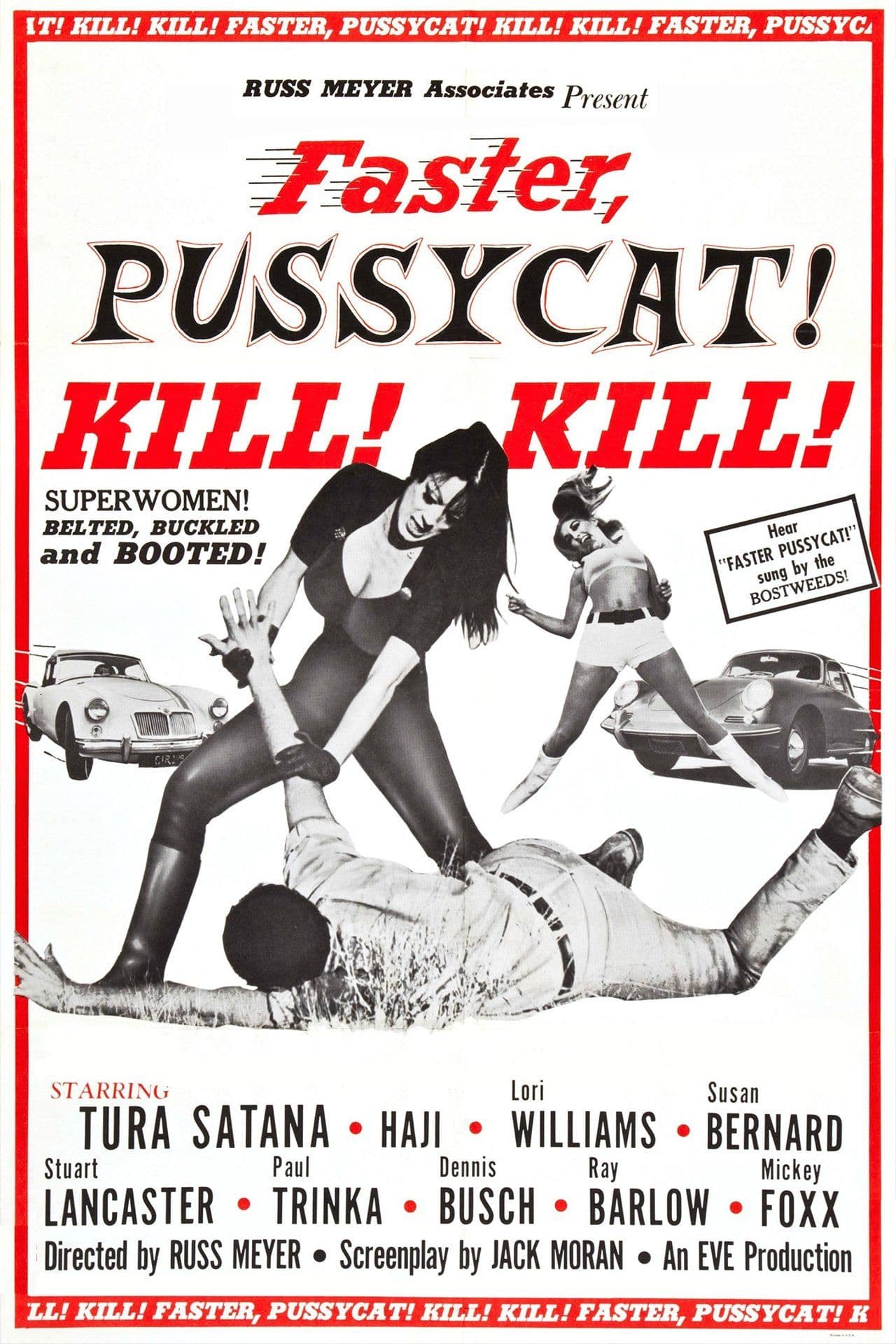
Faster, Pussycat! Kill! Kill!
1965
Rate this movie
Average: 4.50 / 5
(2 votes)
Director
A film that shatters every comfort, that makes a clean sweep of any artistic compromise to start from the beauty of 3 female bodies. This is not merely a formal provocation, but a true sensory and conceptual assault, a punch to the gut for anyone expecting the reassuring narrative frameworks of conventional cinema. Meyer doesn't just challenge conventions; he incinerates them, proposing a radical vision where form is substance, and rupture is the only rule. It is a work that stands as an iconoclastic totem, rejecting any mediation with bourgeois good taste and its hypocrisies, choosing instead to confront the viewer with a raw, almost brutal aesthetic in its refusal of any sweetening. It is a cinematic experience diametrically opposed to mainstream blandness, a manifesto of visual anarchy that predates by decades the aesthetic fury of punk and the brazenness of camp.
But not simple, chaste, virginal beauty; here we speak of three monstrously licentious, lascivious, provocative creatures, women capable of poisoning any erotic dream with their destructive sensuality, a kind of unconventional weapon in the hands of the director. Theirs is not a seduction for conquest, but rather a primordial affirmation of power. Varla, portrayed by the unforgettable Tura Satana, is not merely a symbol, but a veritable hurricane of libido and aggression, a hypnotic presence that embodies the quintessential Meyerian anti-heroine. Her almost feline movements, her explosive physicality, and that penetrating gaze, which seems to pierce the screen, transform the female figure from a passive object of desire into an active subject of a disruptive aesthetic. The Pussycats are modern Erinyes, Furies of an American desert that birthed them and which they themselves help to render a lawless, amoral place, a stage for a theater of cruelty where violence is a language, and defiance the highest form of communication. Their erotic charge is never conciliatory; it is an explosion, an act of sabotage against patriarchy in vinyl and false eyelashes.
Russ Meyer in this instance is the undecipherable Bonzo of the "Ludibrium," an ancient erotic Latin game considered grotesque and trivial by Roman censors of the time. And this is precisely the description that best suits this work, which recounts the bizarre adventures of three buxom young women who wander the desert hunting for sex to devour and money to snatch. The allegory of the "Ludibrium" perfectly fits an author who made vulgarity and excess his aesthetic flag, elevating pulp to an art form. Meyer moved within an America that was exploding between Puritan repression and the emerging counterculture, and he, with his camera, captured its most uncomfortable and unconfessable essence. His is a cinema that does not fear bad taste; on the contrary, he wields it as a weapon, an intellectual provocation masked as a B-movie. The desert, arid and boundless, becomes a perfect metaphor for the anomie of these characters: a post-apocalyptic landscape where social conventions are dust in the wind and primal urges reign unchecked. Their adventures are a surreal ballet of violence, farce, and a sexuality so brazen as to border on the absurd, revealing the fragility of "civilization" in the face of erupting instinct. The narrative, deliberately fragmented and often disjointed, serves to disorient, to prevent the viewer from anchoring themselves to any reassuring narrative logic, making the film an almost Dadaist experience.
Naturally, they will find grist for their mill in a ceaseless reversal of roles that will further disorient (as if there were any need) the astonished viewer. The power dynamic here is a constant flux, a game of slaughter where victims designate their own tormentors and vice versa, and the roles of predator and prey interchange with breathtaking speed. Men, in this Meyerian universe, are often weak, almost comical figures, or simple accessories for the ambitions and whims of women. They are emasculated, manipulated, humiliated, in a total reversal of the dominant male iconography in cinema of those years. The effect on the viewer is both cathartic and alienating: they are forced to confront a masculinity dismantled piece by piece, and an explosive femininity that seeks not redemption, but only affirmation. It is in this incessant overturning that the film reveals its most radical nature, going far beyond the surface of mere provocation.
A film defined as exploitation genre where any ethical judgment is ridiculous merely to utter, where on the contrary its aesthetic essence finds fulfillment in the taste of a director who elevated the "sixth measure" of the female breast to art, and pardon the understatement. To simply call it "exploitation" is to diminish its profound originality and cultural impact. Meyer didn't merely exploit the forbidden; he sublimated it, transforming fetish into icon, taboo into visual celebration. His audacious use of color, the tight framing that accentuates forms, the frantic editing, and dialogues that are authentic pearls of insolence ("You're all sick! You're all sick and I'm glad!") lend "Faster, Pussycat! Kill! Kill!" its unmistakable and perverse harmony. It is a work that stands proudly in its apology of excess, a manifesto of irreverence that has influenced generations of directors, from John Waters to Quentin Tarantino, demonstrating how the most idiosyncratic and seemingly trivial vision can, in skilled hands, transcend its genre and carve itself into collective memory as a visceral and inescapable work of art.
Country
Gallery


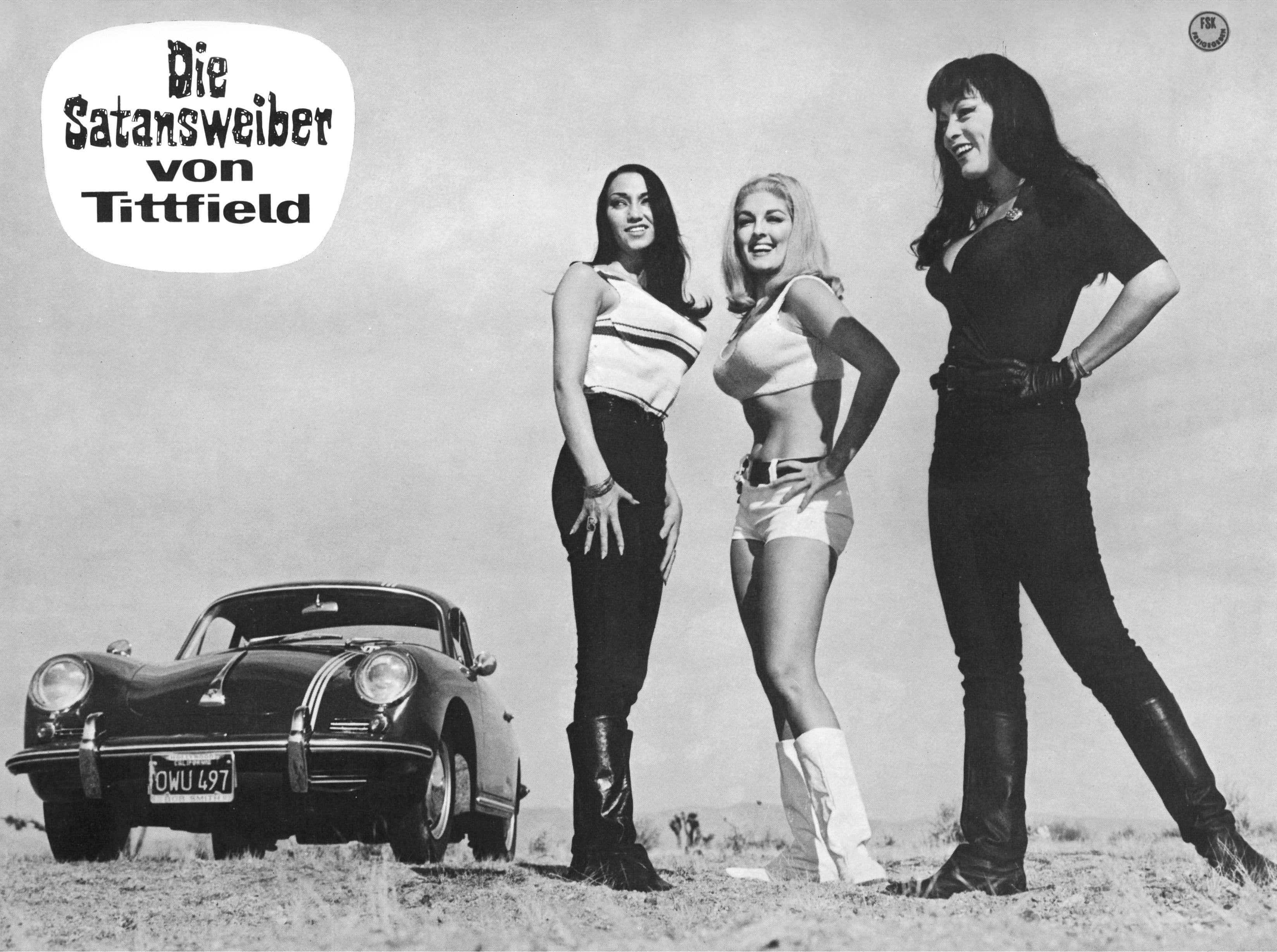
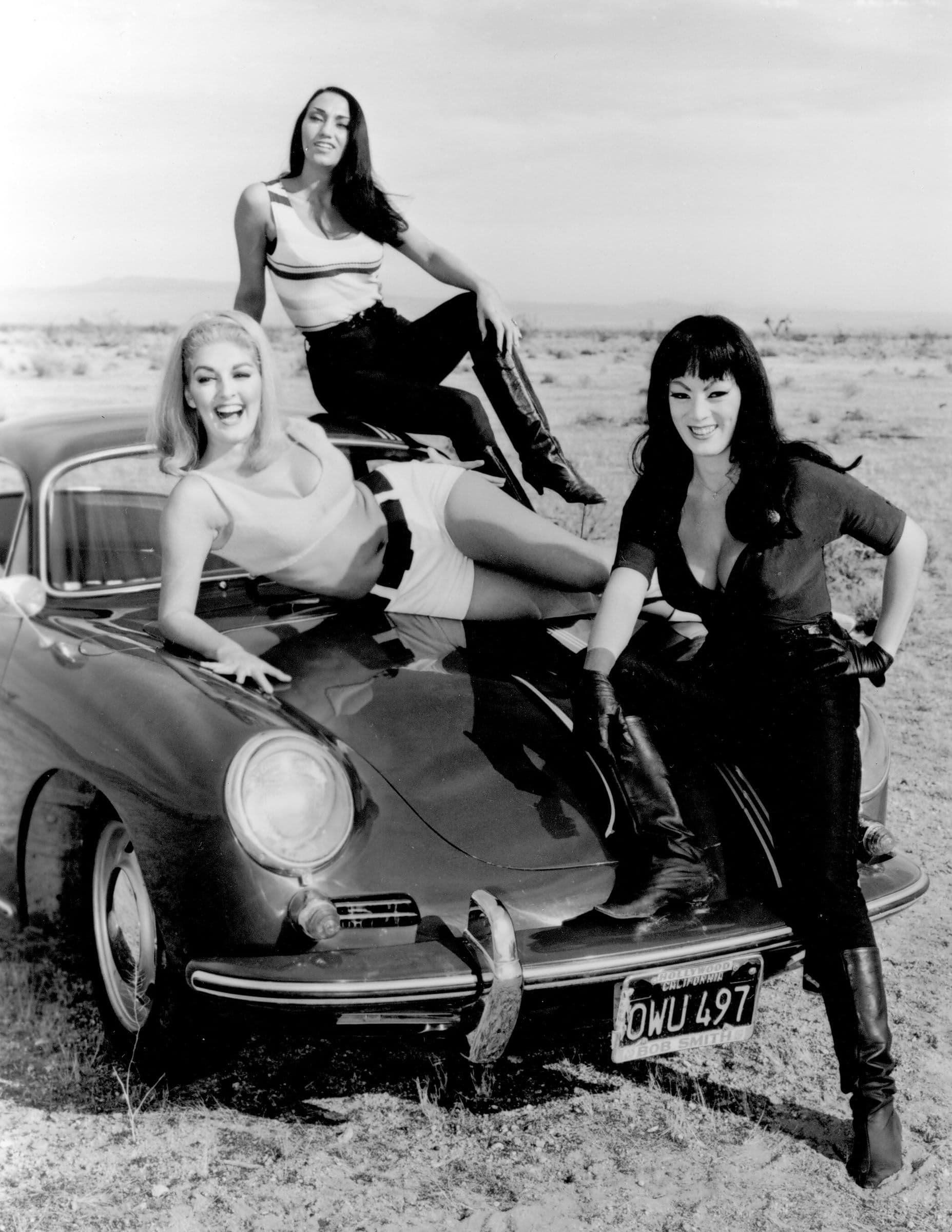
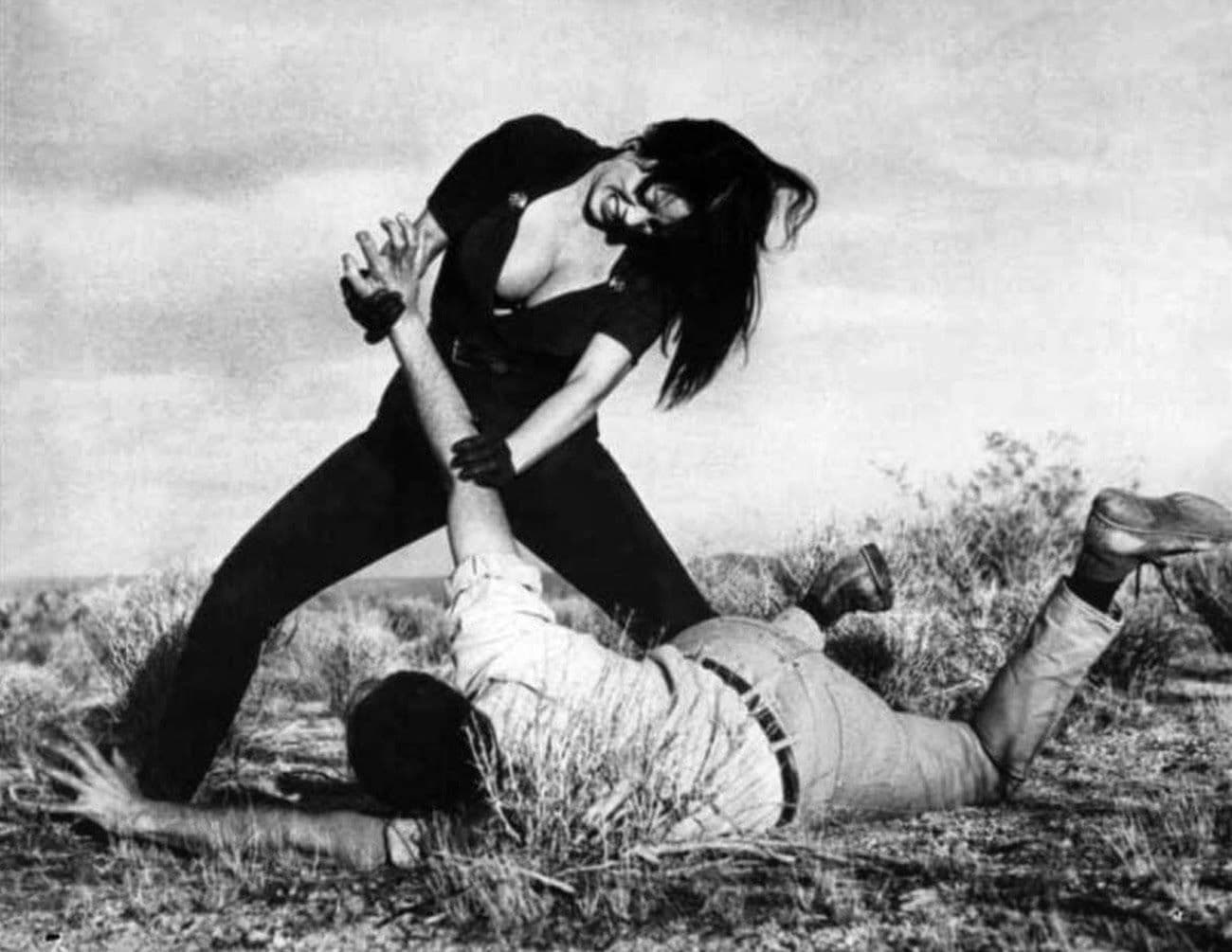
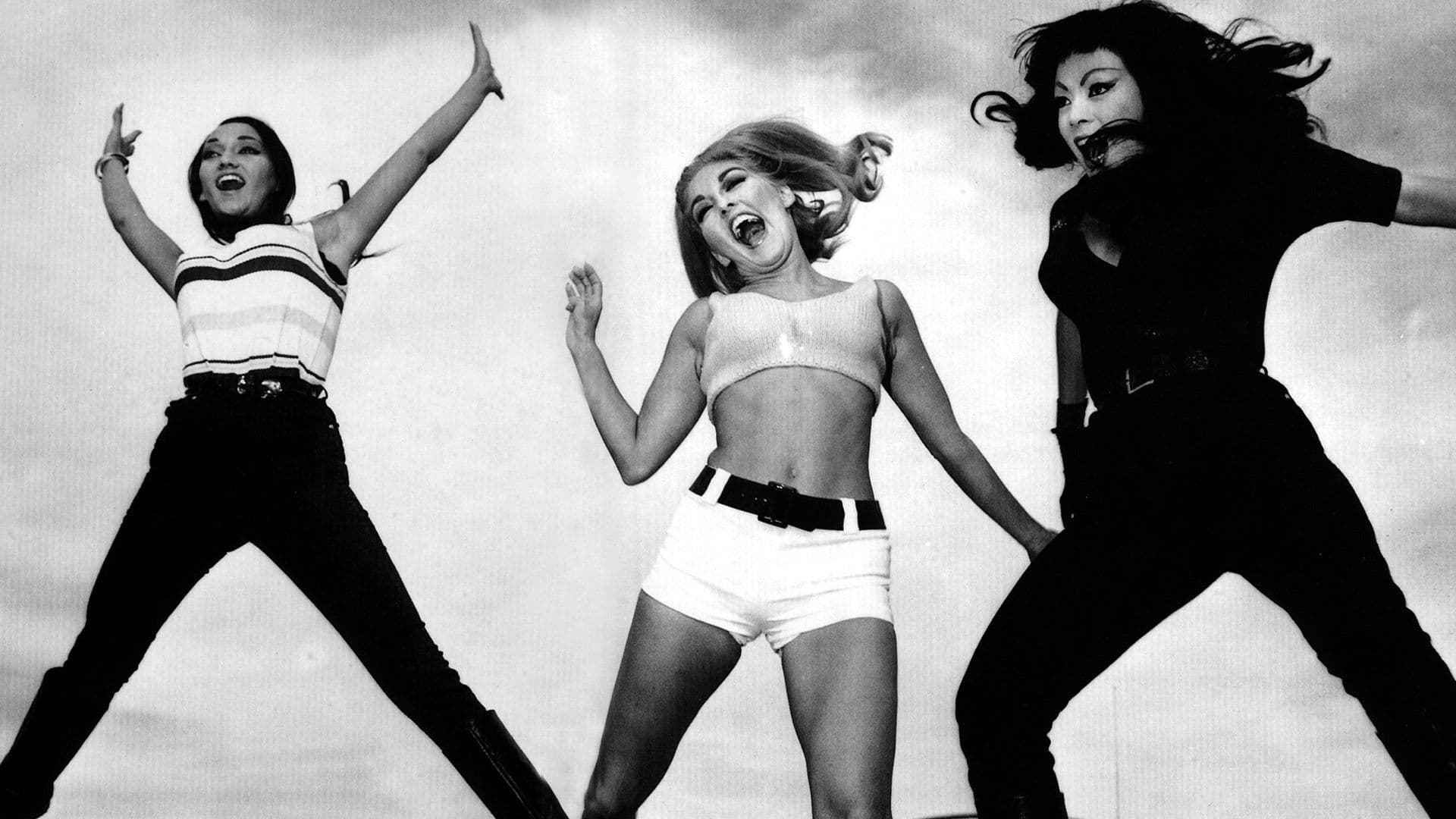
Comments
Loading comments...